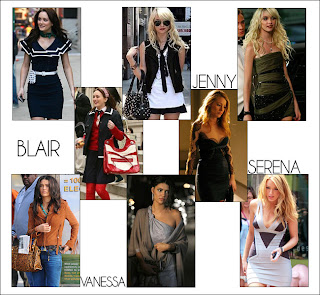On Saturday 11th February RGU fashion Society UNI-Fashion organised a Fashion show and music performance in Soul casino to give a platform to students, upcoming designers and artists from Aberdeen and the UK.
The singer Jenna Jay was dressed in a beautifully cut modern evening dress with a slit that reached her thighs and moved with grace on the stage while she sang. The models sashayed around in beautiful evening gowns, occasional wear, Indian wear, concept wear and knits.
The first round saw Cloudier designs owned by Klaudia Szygenda a polish student with hand made knits. Klaudia is a BSc fashion management 1st year student in RGU. Her colourful knits and crochet work was a sight to watch as the hardwork gone into the design was very evident in each exclusive piece of accessory.
88:91 was the student designer Kemi from Nigeria based in London, she showcased her Nigerian native inspired dresses that made the audeince awe at her creative mind.
Zaina was the Indian retailer from Aberdeen with colourful bling embroideries on Salwar kameez, sarees and men's kurtas in the 3rd round.
Indigo was in the 4th round, owned by Anju Mudwik a famous ex-cricketer from India who had played for Rajasthan in the Ranji Trophy for 25 years and was coached by Andy marshall of Britain. He ventured into fashion 19 years back in Aberdeen with his boutique 'Indigo' showcasing designer wear from around the world with big names like Rohit bal, Zeddna and spanish designers with garments made from pure silk, chiffon and soft materials that made a woman look ethereal.
Kemunto was in the 5th round, owned by Lydia, and specialising in bridal wear and gorgeous evening gowns that was fit for beauty pageants.
The singer Jenna jay sang her 2 singles as she was promoting her new singles and this was her last show before moving to London to pursue big dreams. The show was a platform for student designers and upcoming artists to showcase their talents and it rightly served its purpose.
























